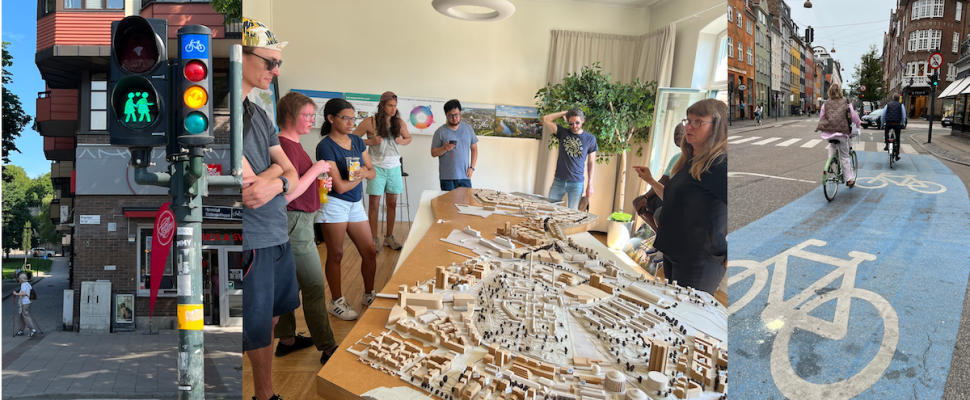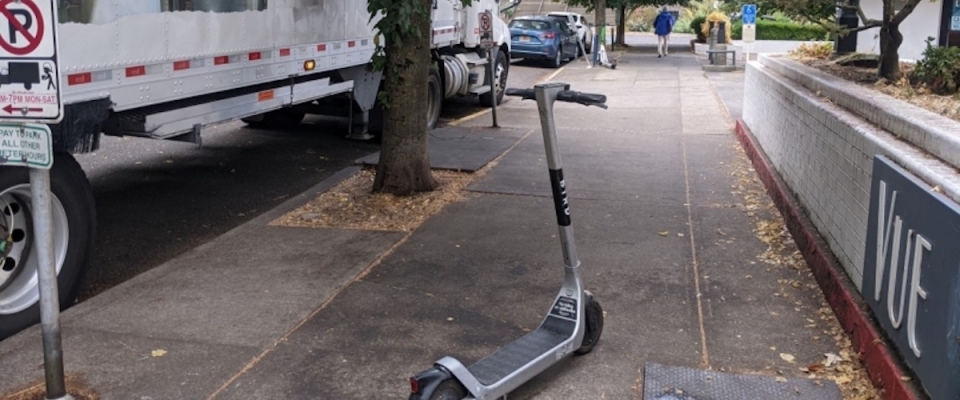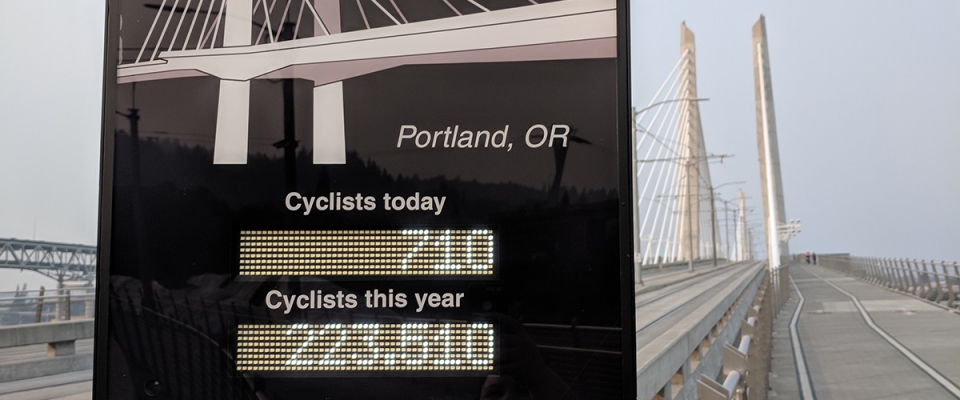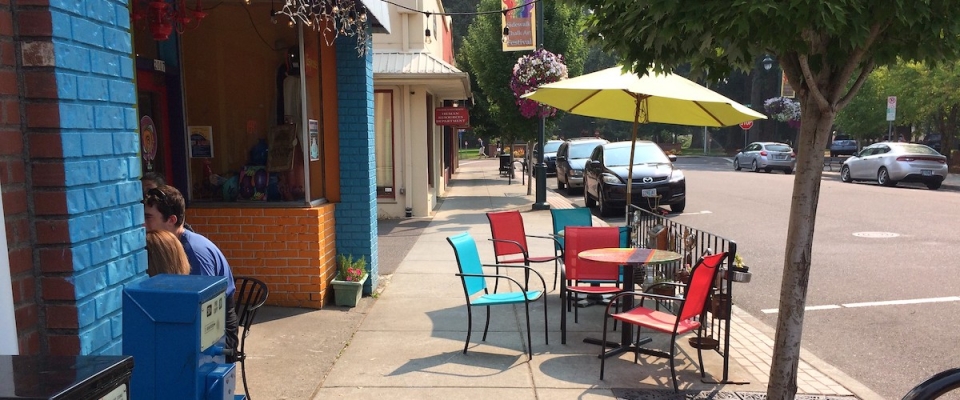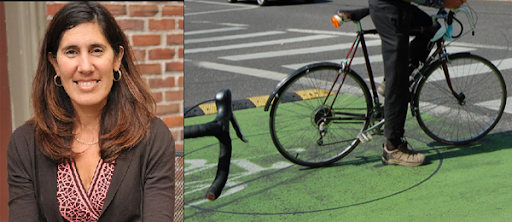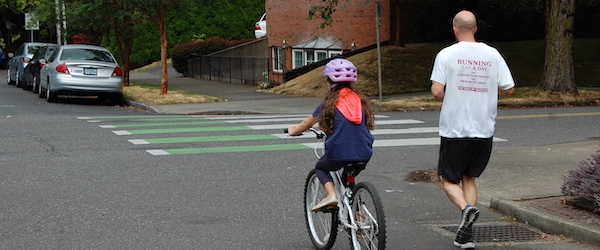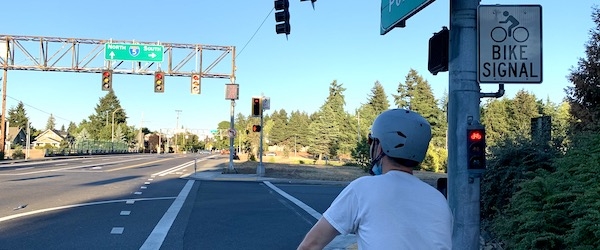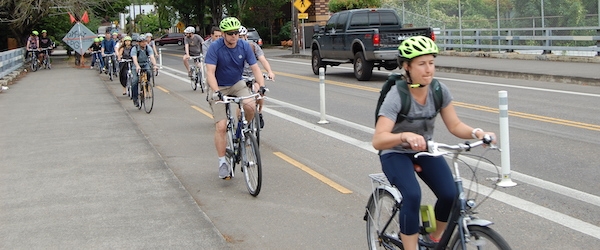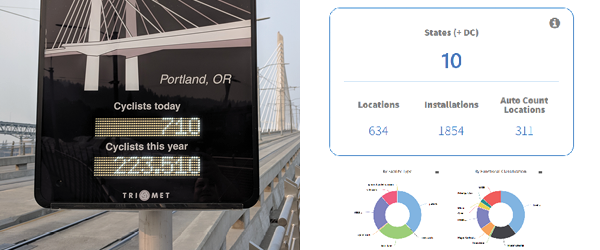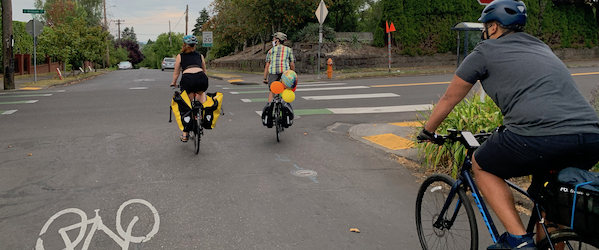A group of nine transportation students traveled to Denmark and Sweden this past summer, to meet with planners and engineers and get a feel for on-the-ground transportation in Copenhagen and Stockholm. They explored the area by rail, foot, bike and boat, in between presentations and tours led by professionals.
Portland State University's Transportation Research and Education Center (TREC)'s associate director, Hau Hagedorn, and sustainable transportation program manager, John MacArthur, led the Initiative for Bicycle and Pedestrian Innovation (IBPI) Study Abroad program. See photos from the trip.
In past years they've traveled to the Netherlands to experience the Dutch approach to cycling infrastructure and multimodal travel. This year, they decided to expand the mission. Copenhagen, like Amserdam, is sometimes referred to as the cycling capital of the world. Stockholm, along with some...
Read more
